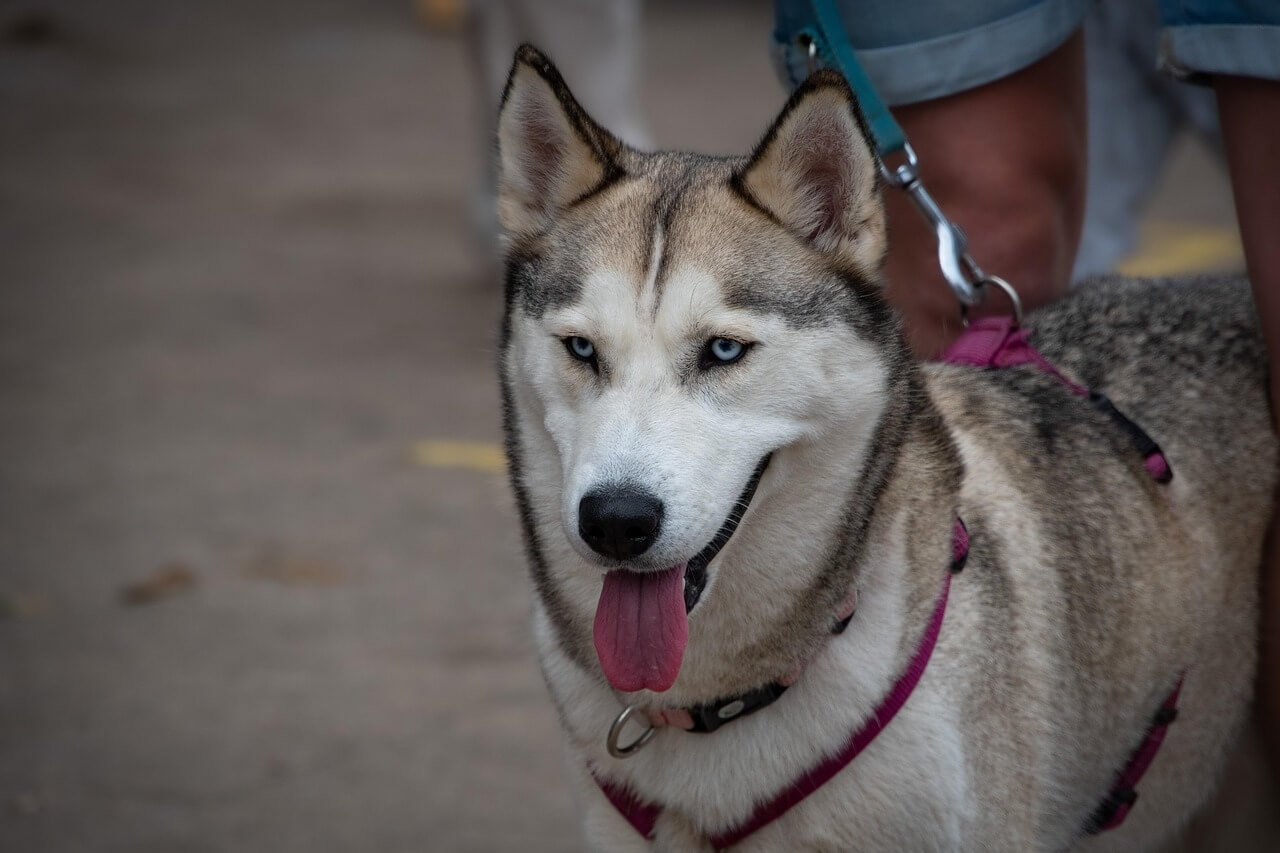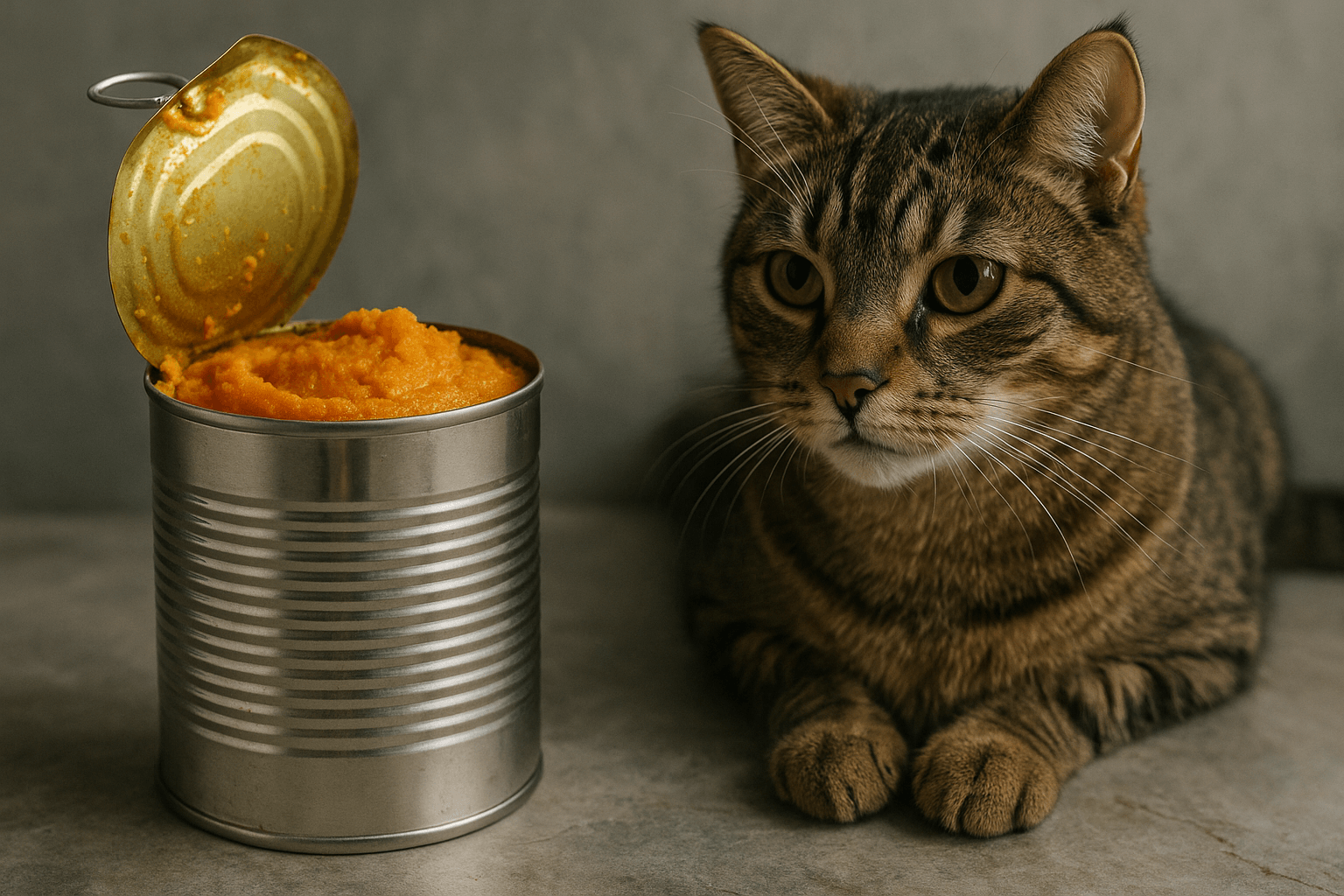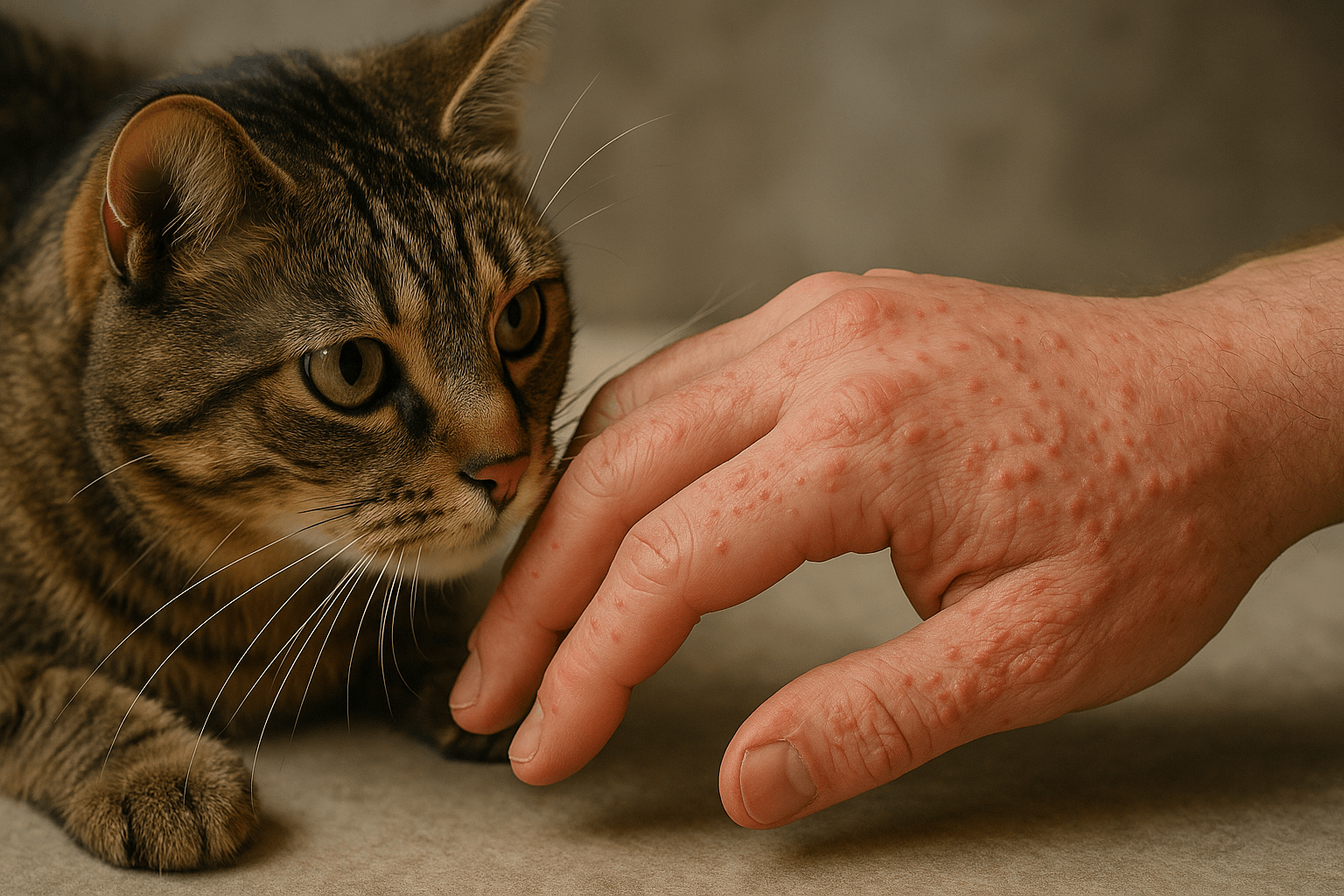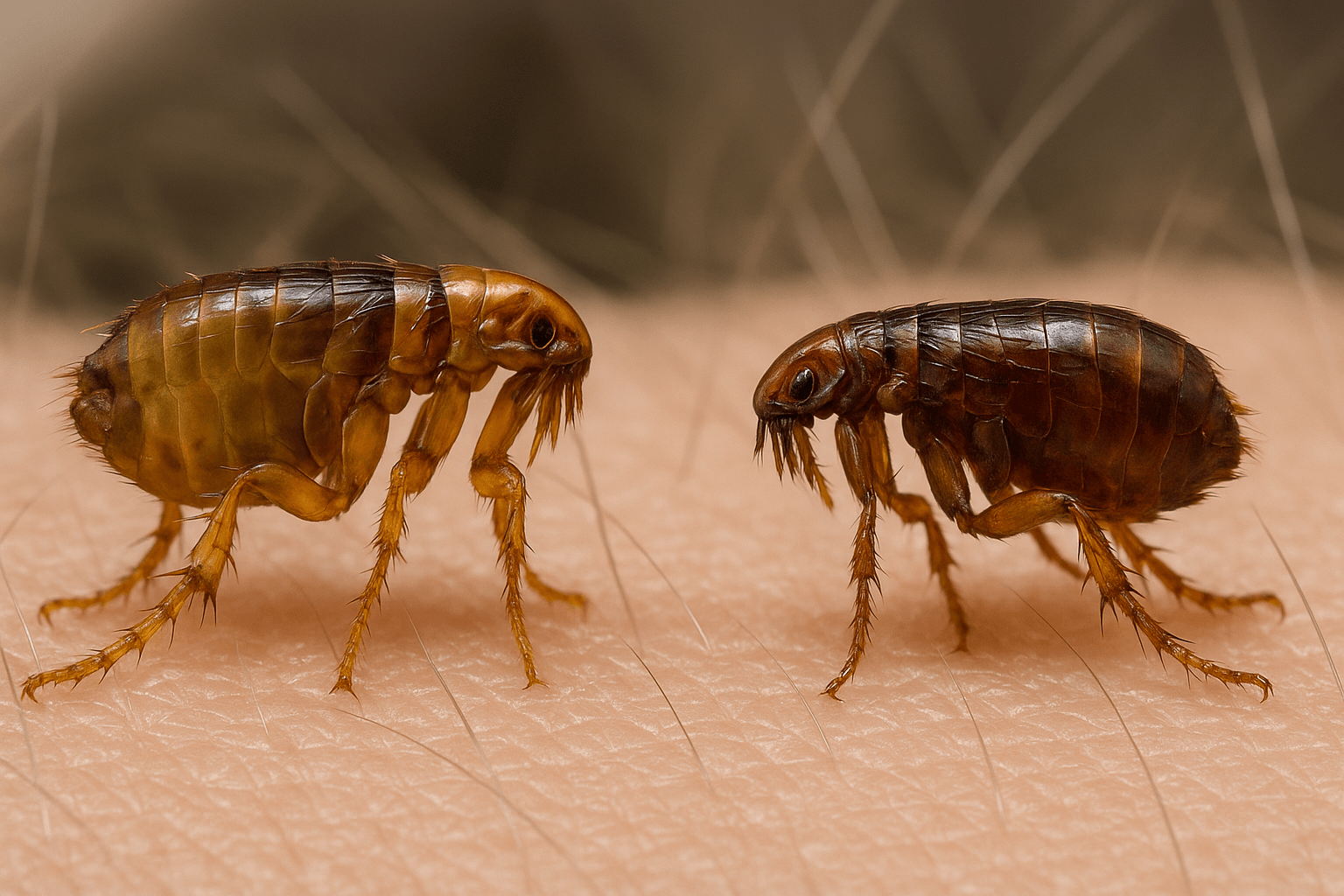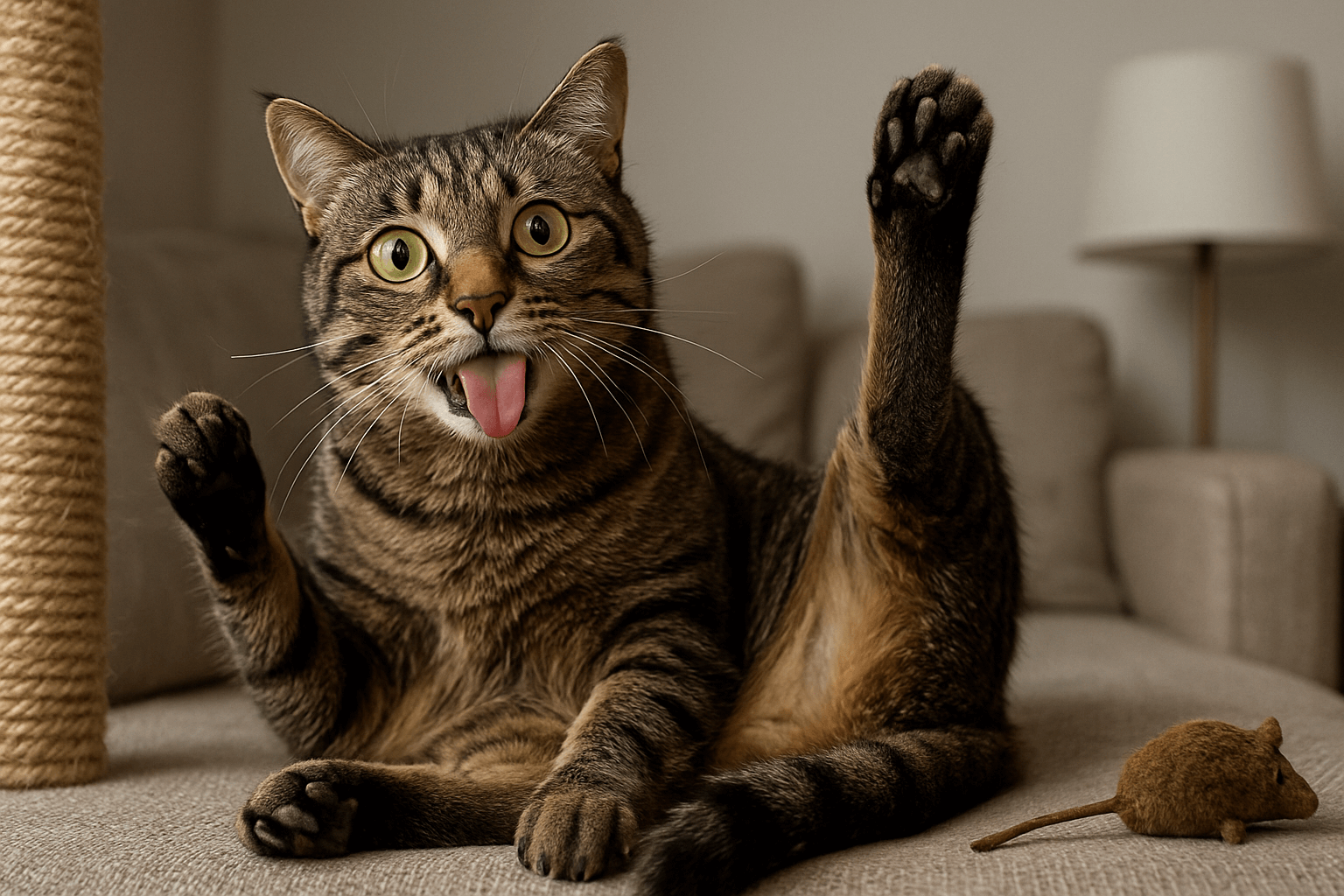Dog Safe Succulents: Creating a Pet-Friendly Garden
Succulents are a popular choice for indoor and outdoor gardens due to their low maintenance and unique appearance. However, as a dog owner, it’s essential to ensure that the plants in your home or yard are safe for your furry friend. While many succulents are harmless, some can be toxic if ingested, posing a risk to curious pups. Understanding which succulents are dog-safe is key to creating a beautiful, pet-friendly space.
In this blog post, we’ll explore the best dog-safe succulents, how to identify toxic varieties, and tips for keeping your garden both stylish and secure for your canine companion. Whether you’re a seasoned plant enthusiast or a beginner, this guide will help you design a space where both you and your dog can thrive.
Top Dog-Safe Succulents to Add to Your Collection
If you’re looking to brighten up your home or garden without worrying about your dog’s safety, these dog-safe succulents are excellent choices. Not only are they visually appealing, but they’re also non-toxic and perfect for pet-friendly spaces. Here are some of the best options:
Haworthia : A small, spiky succulent that thrives indoors and outdoors
Echeveria : Known for its rosette shape and vibrant colors, it’s a favorite among plant lovers
Christmas Cactus (Schlumbergera) : A festive option that blooms beautifully during the holiday season
Blue Echeveria : A striking blue-gray succulent that adds a pop of color
Burro’s Tail (Sedum morganianum) : A trailing succulent perfect for hanging baskets
These dog-safe succulents not only enhance your decor but also give you peace of mind knowing your pet can safely coexist with your plants. Always double-check before introducing new plants to your collection.
How to Identify Toxic Succulents
While many succulents are safe for dogs, some popular varieties can be harmful if ingested. Learning to identify toxic succulents is crucial for protecting your pet. Here are some common toxic succulents to avoid:
Aloe Vera : Contains saponins and anthraquinones, which can cause vomiting and diarrhea
Jade Plant (Crassula ovata) : Can lead to lethargy, loss of coordination, and gastrointestinal upset
Kalanchoe : Known for its toxicity, it can cause heart issues and digestive problems
Pencil Cactus (Euphorbia tirucalli) : Its sap can irritate the skin and cause stomach upset
String of Pearls (Senecio rowleyanus) : Contains toxins that may lead to nausea and vomiting
Knowing which succulents to avoid ensures your dog stays safe while exploring your home or garden. Always research before purchasing new plants to prevent accidental exposure.
Check this guide 👉Is Eucalyptus Oil Safe for Dogs? Best 7 Health Tips!
Check this guide 👉Dog-Safe Perennials: Best 7 Health Tips!
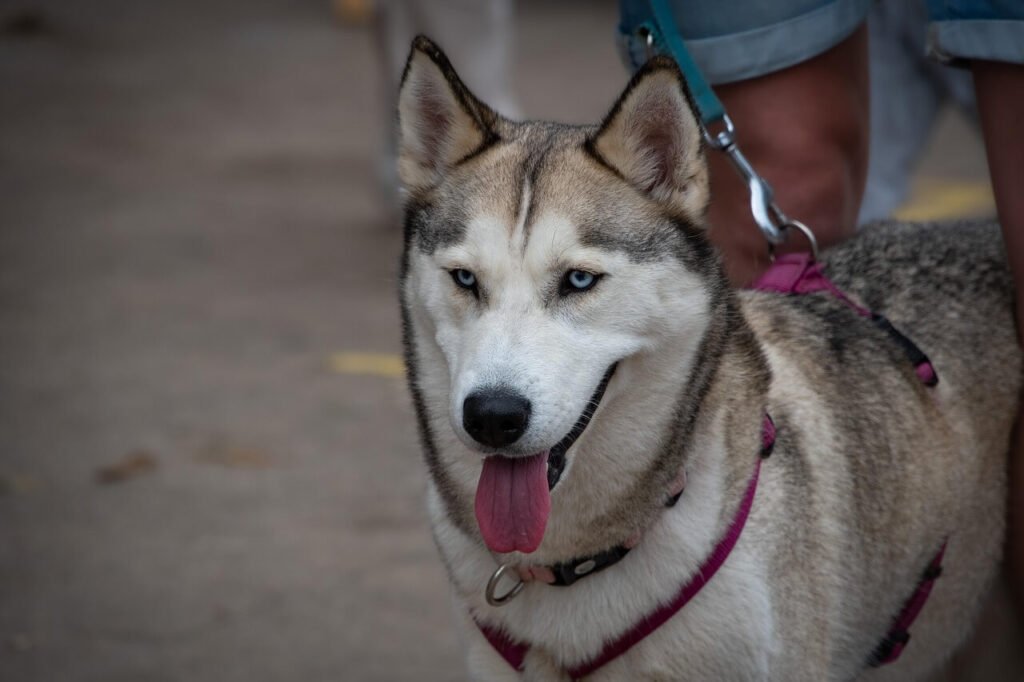
Dog-Safe Succulents | Toxic Succulents to Avoid |
|---|---|
Haworthia | Aloe Vera |
Echeveria | Jade Plant |
Christmas Cactus | Kalanchoe |
Blue Echeveria | Pencil Cactus |
Burro’s Tail | String of Pearls |
Tips for Keeping Your Dog Safe Around Succulents
Even with dog-safe succulents, it’s important to take precautions to ensure your pet’s safety. Dogs are naturally curious, and their playful nature can sometimes lead to trouble. Here are some practical tips to keep your dog safe around succulents:
Place small or fragile succulents out of reach, such as on high shelves
Use sturdy planters to prevent tipping and spilling soil
Train your dog to avoid chewing on plants using positive reinforcement
Regularly inspect your garden for signs of digging or plant damage
Supervise your dog during outdoor playtime near planted areas
By taking these steps, you can create a harmonious environment where both your plants and your dog can thrive. Prevention is key to avoiding accidents.
Creative Ways to Display Dog-Safe Succulents
Incorporating dog-safe succulents into your home or garden doesn’t mean sacrificing style. With a little creativity, you can display these plants in ways that enhance your space while keeping your pet safe. Here are some ideas to consider:
Hang succulents in wall-mounted planters to keep them elevated
Use terrariums with secure lids to create a mini indoor garden
Arrange succulents in a dedicated “pet-free” room or area
Create a vertical garden using panels or trellises
Place succulents in decorative pots on window sills or mantels
These creative solutions allow you to enjoy the beauty of succulents while ensuring your dog’s safety. A well-designed space can be both functional and aesthetically pleasing.
Benefits of Dog-Safe Succulents
Incorporating dog-safe succulents into your home or garden offers more than just aesthetic appeal. These plants come with a variety of benefits that make them an excellent choice for pet owners. Here are some advantages of choosing dog-safe succulents:
Low Maintenance : Succulents require minimal watering, making them perfect for busy pet owners
Air Purification : Many succulents help improve indoor air quality by filtering toxins
Space Efficiency : Their compact size makes them ideal for small homes or apartments
Versatility in Design : They can be used in various arrangements, from terrariums to hanging planters
Pet Peace of Mind : Knowing your plants are safe allows you to relax without constant supervision
By choosing dog-safe succulents, you’re not only enhancing your space but also creating a safer and healthier environment for your furry friend.
Common Mistakes to Avoid When Growing Succulents
While succulents are relatively easy to care for, there are some common mistakes that can harm both the plants and your dog. Avoiding these pitfalls ensures your succulents thrive and remain safe for your pet. Here’s what to watch out for:
Overwatering, which can lead to root rot and plant decay
Using unsafe fertilizers or pesticides that may be toxic to dogs
Placing fragile succulents within reach of curious pets
Ignoring signs of plant stress, such as wilting or discoloration
Mixing toxic and non-toxic plants in the same area
By steering clear of these mistakes, you’ll create a thriving garden that’s both beautiful and safe for your dog. Attention to detail goes a long way in maintaining harmony between plants and pets.
Seasonal Care Tips for Dog-Safe Succulents
Caring for dog-safe succulents changes with the seasons, and adapting your routine ensures their longevity. Seasonal adjustments also help keep your dog safe as plants grow and environmental conditions shift. Here are some tips for each season:
Spring : Repot succulents that have outgrown their containers to encourage healthy growth
Summer : Move outdoor succulents to shaded areas to prevent sunburn
Fall : Reduce watering frequency as succulents enter their dormant phase
Winter : Protect outdoor succulents from frost by bringing them indoors or covering them
Year-Round : Regularly check for pests like mealybugs or aphids that could harm your plants
Seasonal care not only keeps your succulents healthy but also ensures they remain a safe and vibrant part of your home or garden. A little seasonal planning can make a big difference in your plant’s well-being.
FAQ
Are all succulents safe for dogs?
No, not all succulents are safe. Some, like Aloe Vera and Jade Plant, are toxic to dogs.
What should I do if my dog eats a toxic succulent?
Contact your veterinarian immediately and monitor your dog for symptoms like vomiting or lethargy.
Can I grow dog-safe succulents indoors?
Yes, many dog-safe succulents, like Haworthia and Echeveria, thrive indoors and are perfect for pet-friendly homes.
How can I tell if a succulent is toxic?
Research the plant’s species online or consult a vet or nursery expert to confirm its safety.
Are there any succulents that repel dogs?
Some spiky succulents, like certain cacti, may deter dogs due to their texture, but they’re not specifically designed for this purpose.
Conclusion: Designing a Safe and Stylish Space for You and Your Dog
Creating a dog-friendly garden or home filled with succulents is entirely possible with the right knowledge and planning. By choosing dog-safe succulents, identifying toxic varieties, and implementing safety measures, you can enjoy the beauty of these plants without compromising your pet’s well-being. Remember, a harmonious space benefits both you and your furry companion, allowing you to share your love for nature together. Whether you’re a plant enthusiast or simply looking to add greenery to your home, prioritizing your dog’s safety ensures a happy and healthy environment for everyone.
Canned Pumpkin for Cat Diarrhea: Best 7 Expert Tips! Natural remedy to firm stools, soothe upset bellies, and support gut health safely.
Can a Cat Give You Scabies? Best 7 Expert Tips! Discover the truth about feline mites, human skin risks, and how to protect yourself—without panic.
Cat Flea vs Human Flea: Best 7 Expert Tips! Discover the truth about bites, species, and how to eliminate infestations for good.
Weird Cat Behaviors: Best 7 Expert Tips! Discover why cats do strange things—and how to understand, not punish, their instincts for a happier home.

